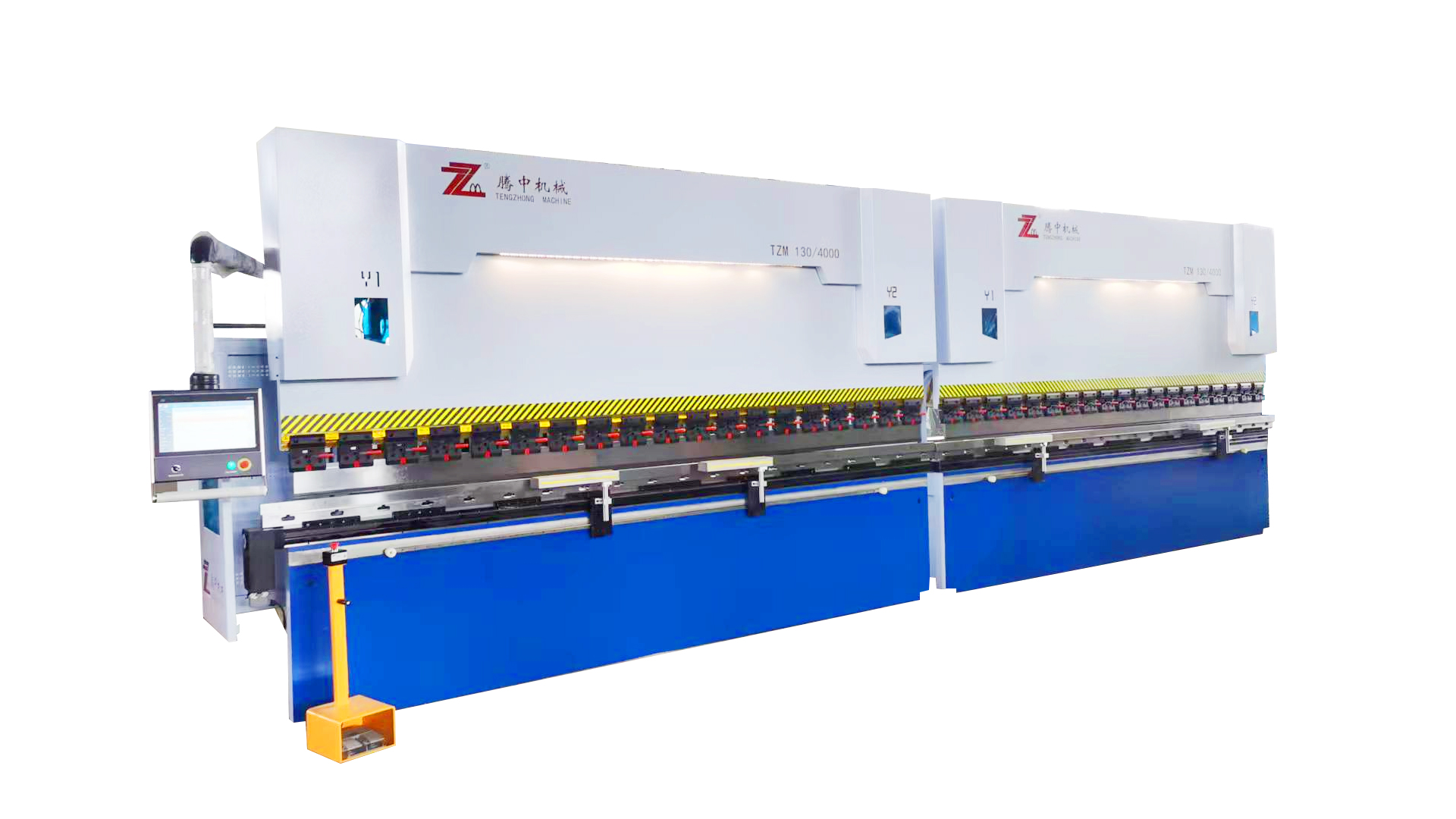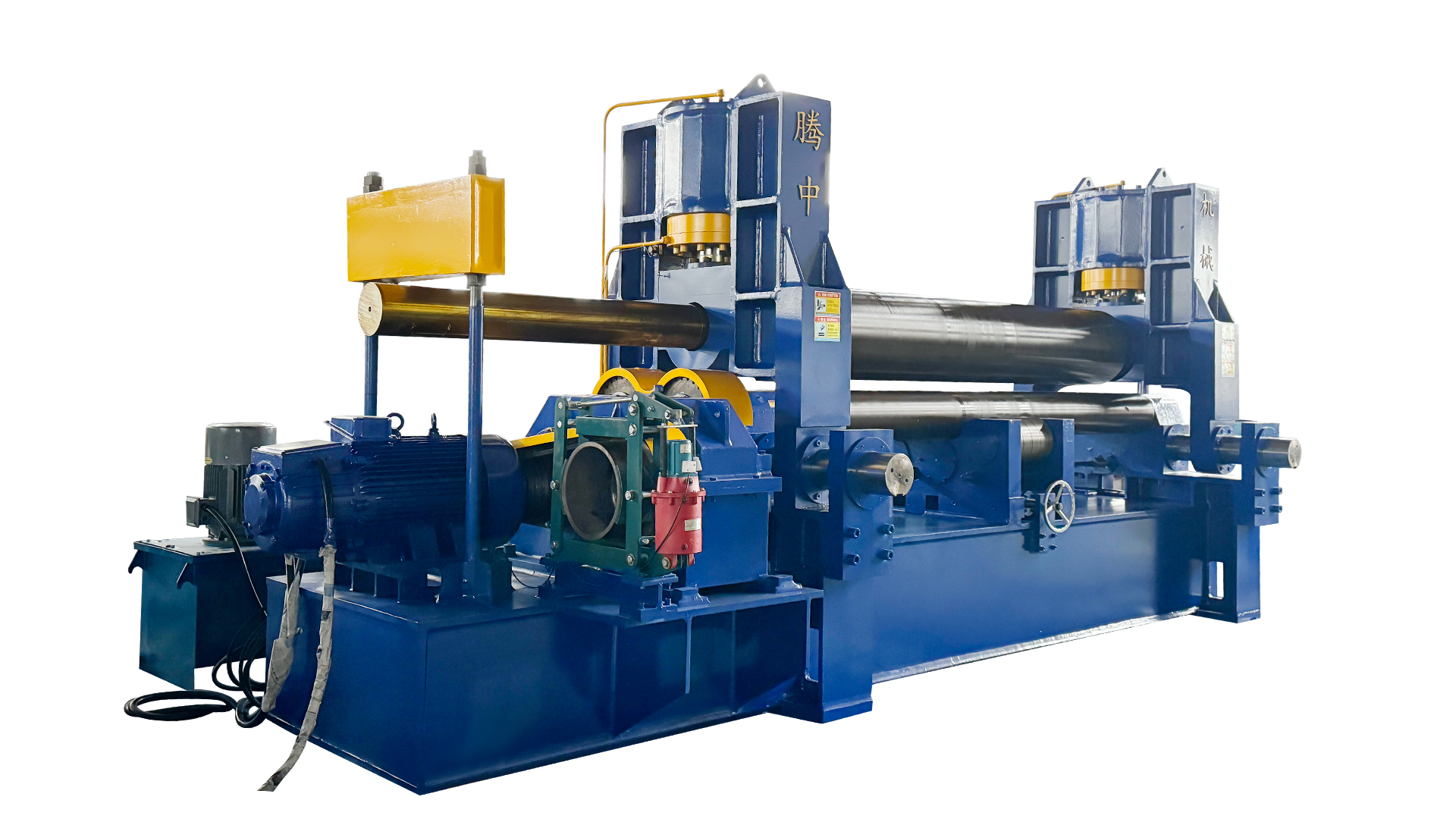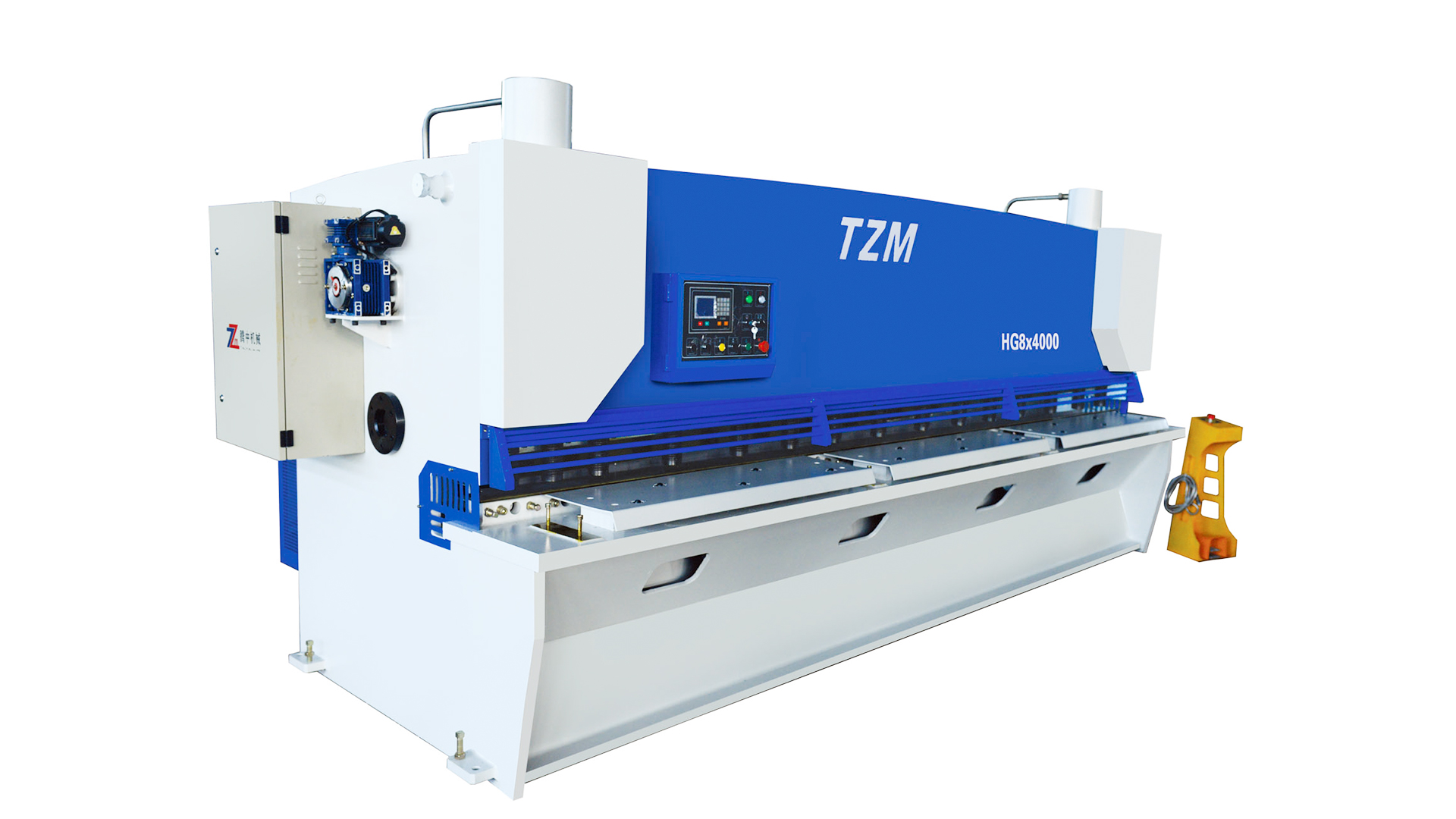How does the pre-bending function of a 4-roller rolling machine work?
2025-01-10
In the realm of metal fabrication, precision and efficiency are paramount. The 4 roller rolling machine, a cornerstone in this domain, exemplifies advanced engineering that streamlines the process of bending sheet metal into various cylindrical or conical shapes. Among its many innovative features, the pre-bending function stands out as a critical capability. This article delves into the mechanics and advantages of this feature, revealing how it elevates the performance and output quality of modern rolling machines.
Understanding the Pre-Bending Function
Pre-bending is the process of eliminating the unbent flat ends of a metal sheet before the rolling operation begins. In conventional rolling machines, unbent edges are inevitable, resulting from the inherent limitations of roller positioning. However, the pre-bending function in a 4 roller rolling machine addresses this challenge by enabling precise edge control, ensuring seamless curvature from end to end.
The process hinges on the strategic positioning and synchronized movement of the machine’s rollers. In a 4 roller configuration:
Top Roller: Functions as the primary bending element, applying downward pressure to shape the sheet.
Bottom Roller: Acts as the counter-support, stabilizing the material.
Side Rollers: Operate on either side of the material, facilitating lateral adjustment and pre-bending by applying force to the edges.
By leveraging the interplay of these rollers, the machine effectively eliminates the flat edge, delivering a fully rounded initial contour.
Mechanics of Pre-Bending
The pre-bending process involves a series of meticulously coordinated steps:
Material Placement: The sheet metal is positioned between the top and bottom rollers. Precise alignment is critical to ensure uniform pressure distribution.
Edge Adjustment: The side rollers move into position, pressing the edges of the sheet against the top roller. This targeted force creates the desired curvature at the sheet’s edges without compromising its structural integrity.
Bending Initiation: With the edges pre-curved, the top roller applies downward force, while the bottom roller provides upward resistance. This simultaneous action molds the sheet into the required shape.
Continuous Rolling: Once pre-bending is complete, the machine transitions seamlessly into the rolling phase, producing a perfectly formed cylinder or cone.

Advantages of the Pre-Bending Function
The inclusion of a pre-bending function in a 4 roller rolling machine confers several significant benefits:
Enhanced Precision: By eliminating unbent edges, the machine ensures consistent and accurate shapes, reducing the need for secondary adjustments.
Material Efficiency: Pre-bending minimizes material waste by fully utilizing the sheet, even at its extremities.
Operational Streamlining: The integrated pre-bending feature reduces the need for additional machinery or manual intervention, accelerating production timelines.
Improved Aesthetics: The absence of flat edges results in cleaner, more visually appealing finished products, crucial for applications demanding high aesthetic standards.
Versatility: The 4 roller design accommodates a wide range of material thicknesses and diameters, making it suitable for diverse industrial applications.
Applications and Implications
Industries ranging from aerospace to construction benefit immensely from the precision and efficiency of 4 roller rolling machines. Components such as storage tanks, pipelines, and structural elements rely on the seamless output delivered by these machines. The pre-bending function, in particular, ensures that each product meets stringent quality and performance benchmarks.
By combining state-of-the-art mechanics with user-friendly operation, the 4 roller rolling machine represents a paradigm shift in metalworking. Its pre-bending capability underscores a commitment to innovation, enabling manufacturers to achieve unparalleled results in less time and with greater cost-effectiveness.
In conclusion, the pre-bending function of a 4 roller rolling machine is not merely a technical enhancement; it is a transformative feature that redefines the standards of metal fabrication. Its ability to address long-standing challenges in the industry cements its status as an indispensable tool for modern manufacturing.

 English
English русский
русский Français
Français Español
Español Português
Português عربى
عربى









